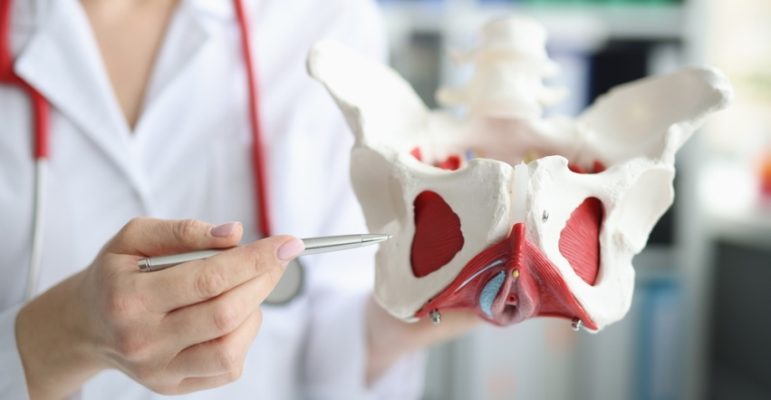
Of course, intentional Body De-Armouring work with a client speaks for itself. That is, it’s a conscious, deliberate effort by which a therapist works with an individual on a somatic level to achieve emotional and/or trauma release.

In the case of intentional De-Armouring (in American English written as De-Armoring or Dearmoring), the therapist would take De-Armouring precautions and contraindications into account, would engage in a targeted intake session with the client, inform them about what can happen during a De-Armouring session, while also preparing them for proper aftercare and integration.
Nevertheless, it’s not uncommon that massage or bodywork sessions that were not at all focused on De-Armouring still provoke partial of full Body De-Armouring of the client. This then, is an occurrence of accidental or unintentional De-Armouring.
It can notably happen with the sort of massage and bodywork modalities that work deeply and sustained on the entire body or specifically on certain areas of the body (such as the abdomen, jaw, pelvic region or genitals, to give some examples). Think, for instance, of treatments like Full-Body Thai Massage, Tantra Massage, Abdominal Massage, Intra-Oral Massage, Prostate Massage, Vaginal Massage, or Myofascial Release Therapy.
In fact, many massage or bodywork treatment modalities explicitly aim at releasing muscle or myofascial tensions and constrictions in order to relax the client physically and mentally and/or to alleviate or heal their pains. In view of De-Armouring theory this implies that when physical tensions are resolved it may also happen that body-trapped emotional tensions come free at the same moment, which can lead to unintentional Catharsis and emotional or trauma healing.

Over time, experience teaches massage and bodywork practitioners that clients can have intense emotional discharge during sessions, even if those practitioners are not actually aware of De-Armouring theory or actively work as De-Armouring therapists. Nonetheless, after having worked with many clients, they understand that emotional release during a session is usually connected to stressful or traumatic experiences in the client’s life, such as sexual abuse, sexual orientation or gender issues, childhood issues, job or relationship problems, and so on.
Typically, you will notice that therapists who know this will start to inform their clients during intake sessions that emotional and trauma release can or may happen, despite it not being the focus of a session. Doing this is important to make sure that clients don’t get into (further) distress if they would have spontaneous and powerful emotional reactions or discharge while having a massage or bodywork session.
Hence, even if Body De-Armouring is not the intention of a session it’s important that massage and bodywork therapists are aware of the possible existence of suppressed and repressed emotions and trauma in their clients and the fact that sessions may trigger trauma resurfacing including emotional release.
It calls for a Trauma-Informed approach to performing sessions, most notably by having the skills and knowledge not to add to clients’ trauma but to give them the space for emotional release, properly supporting them in those moments, and/or giving them pointers to finding professional healthcare to start dealing with their issues.

















